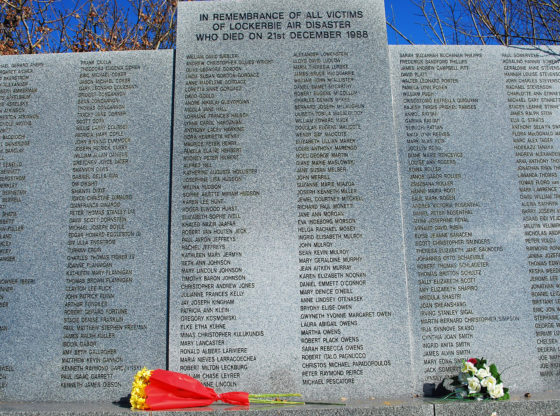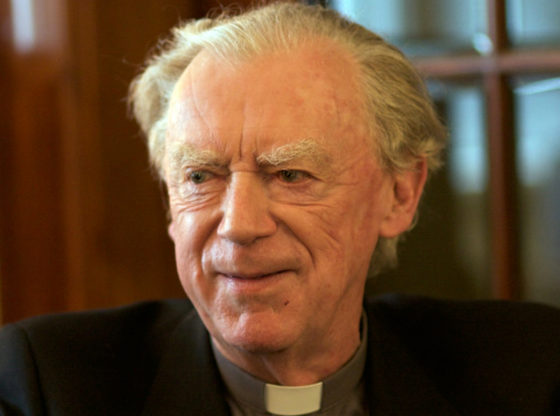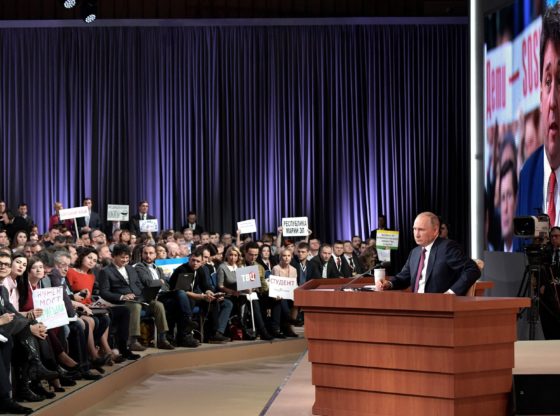There are estimated to be over 100 million across the planet. The modern world’s most plentiful and efficient killing machine is cheap to make, simple, and rugged. Thus for over 60 years, it has been the weapon of choice for more than 50 standing armies, revolutionaries, terrorists, drug gangs, and mercenaries.
The brainchild of a Second World War Russian tank sergeant, Mikhail Kalashnikov, the AK-47 assault rifle - short for Avtomat Kalashnikova 1947 - is widely known as the ‘Kalashnikov.’ With its distinctive banana-curved magazine clip, the rifle’s familiar silhouette is part of modern iconography, making its way onto the flag of the Islamist Hezbollah movement and the Mozambique national coat of arms.
In other African countries, Kalash - a shortened form of Kalashnikov - has even become a boys’ name. Sadly, the weapon is so ‘user friendly’ that child soldiers can take it apart and put it back together in 30 seconds.
Russian President Vladimir Putin has called the weapon “a symbol of the creative genius of our people.” Before his death in 2013, however, Mikhail Kalashnikov expressed reservation about what he had given the world: “I am proud of my weapon”, he said, “but I am sad that terrorists use it. I wish I had invented a machine which people could use, which could do good, for example, a sowing machine.”
In this latest instalment of his photojournalism feature ‘This World,’ CABLE Contributing Editor David Pratt draws on 30 years of covering global conflicts to provide a personal portfolio of the ‘ubiquitous’ Kalashnikov.
IMAGE 1/20: A young Afghan militiaman at a checkpoint in Kabul during factional fighting in the city. Afghanistan (1995).
IMAGE 2/20: Armed security escort in the streets of Mogadishu where al-Shabaab extremists pose a threat. Somalia (2013).
IMAGE 3/20: Syrian opposition fighters chant slogans at their forest hideout before heading to Idlib Province. Turkey-Syria border (2012).
IMAGE 4/20: An Afghan boy soldier with his Kalashnikov stands in the ruins of West Kabul during a break in fighting. Afghanistan (1995).
IMAGE 5/20: Two Afghan girls pose with Kalashnikovs at a guerrilla-controlled village in Parwan Province during the war against the Soviet Union. Afghanistan (1985).
IMAGE 6/20: Croatian militiamen man barricades on the outskirts of besieged Vukovar, waiting for advance of the Yugoslav National Army. Former Yugoslavia (1991).
IMAGE 7/20: A Shia Afghan mujahideen commander watches his men play volleyball at their remote training camp, high in the Hindu Kush mountains, during the guerrilla war against the Soviet Union. Afghanistan (1984).
IMAGE 8/20: A Congolese man watches warily as Kalashnikov-wielding paramilitary police pass by on a motorcycle. Democratic Republic of Congo (2012).
IMAGE 9/20: An Afghan mujahideen guerrilla prays in a teahouse on the ‘jihad trail’. In front of him, a trio of Kalashnikovs are propped against the wall. Afghanistan (1984).
IMAGE 10/20: Iraqi Kurdish Special Forces near the frontline in Batnaya, east of Mosul. They are all equipped with Kalashnikovs. Northern Iraq (2017).
IMAGE 11/20: At a hidden training camp high in the Hindu Kush mountains, newly recruited Afghan mujahideen guerrillas learn how to fire a Kalashnikov. Afghanistan (1984).
IMAGE 12/20: Croatian militiamen emerge from the Hotel Dunav in Vukovar after a bombardment by Serb forces. The hotel was later levelled by shellfire. Former Yugoslavia (1991).
IMAGE 13/20: At the height of the factional battles of the 1990’s, Harakat-I-Islami fighters stand ready with Kalashnikov and Rocket Propelled Grenade launcher (RPG) in trenches in central Kabul. Afghanistan (1993).
IMAGE 14/20:A pro-Russian separatist cradles his weapon on the barricades in the city of Sloviansk. Eastern Ukraine (2014).
IMAGE 15/20: Two Croatian militiamen in the town of Ilok, near Vukovar, in the opening months of war in the former Yugoslavia (1991).
IMAGE 16/20: An Afghan mujahed guerrilla, Kalashnikov in hand, examines a destroyed Soviet personnel carrier in the aftermath of a battle near Sanglakh. Afghanistan (1985).
IMAGE 17/20: An elderly volunteer Sandinista fighter with his Kalashnikov near the town of Esteli, which was under threat from US backed and funded right-wing rebel group the Contras. Nicaragua (1987).
IMAGE 18/20: Two Afghan mujaded guerrilla fighters clean their Kalashnikovs before crossing into Afghanistan from Pakistan during the war against Soviet occupation. The fighter on the right, Haji Khalil, was the photographer’s guide and translator. Afghanistan (1981).
IMAGE 19/20: A Cambodian army radio operator, carrying a Kalashnikov, advances under fire after an ambush by Khmer Rouge fighters. Cambodia (1992).
IMAGE 20/20: Young Shia Afghan fighters at a school run by guerrillas near Sanglakh during the war against the Soviet occupation. Afghanistan (1984).
David Pratt is a multi-award winning journalist, photographer, broadcaster and editor. As a correspondent, his specialist areas include conflict, humanitarian, security and intelligence issues, especially in the Arab and Islamic world and sub-Saharan Africa. He is a Contributing Editor to CABLE and at the Herald/Sunday Herald. He is on Twitter at: @foreigncorr1
Feature image: Afghan mujahed boy soldier with Kalashnikov in Sanglakh Valley during fighting against Soviet forces. Afghanistan (1983).
All images in this feature: © David Pratt.










